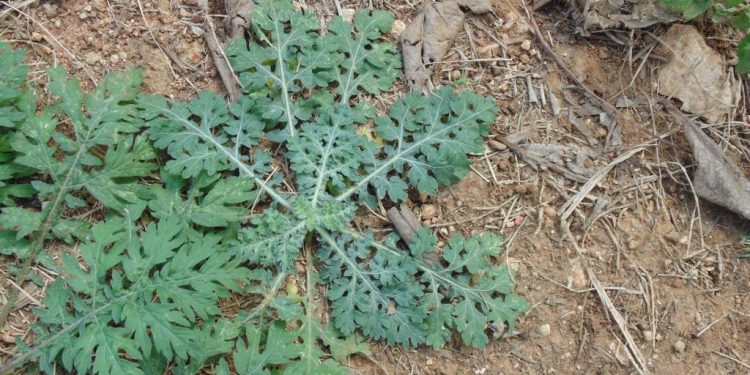Parthenium hysterophorus, or parthenium weed, is highly invasive in many parts of the world. Parthenium weed is considered one of the worst weeds in the world. It is native to Central and South America but is now found in Asia and Africa, among others. In Australia, it has caused millions of dollars in crop yield losses. This is because the weed can produce prolific seeds, germinate, and grow rapidly. Parthenium also produces biochemicals that can suppress the growth of surrounding crops.
In Pakistan, parthenium was introduced in the 1980s and has since impacted crops. One affected crop is maize, a key species with around 1.32 million hectares of production land in Pakistan. The effect of parthenium is very dependent on the context of the area and additional factors such as infestation density and weed-crop competition dynamics.
Competition for resources is not the only way parthenium can impact neighbouring crops. It can also inhibit crop growth. This is because the weed releases secondary metabolites known as allelochemicals. Plants produce these chemicals to obtain a competitive advantage.
Additionally, parthenium can alter the physical and microbial properties of the soil it grows in. The soil then favours the parthenium’s growth over other species. Moisture and nutrients then become limited for the crops also living in the same soil.
Photo: https://gd.eppo.int/taxon/PTNHY/photos
Source: https://blog.plantwise.org/
Error




